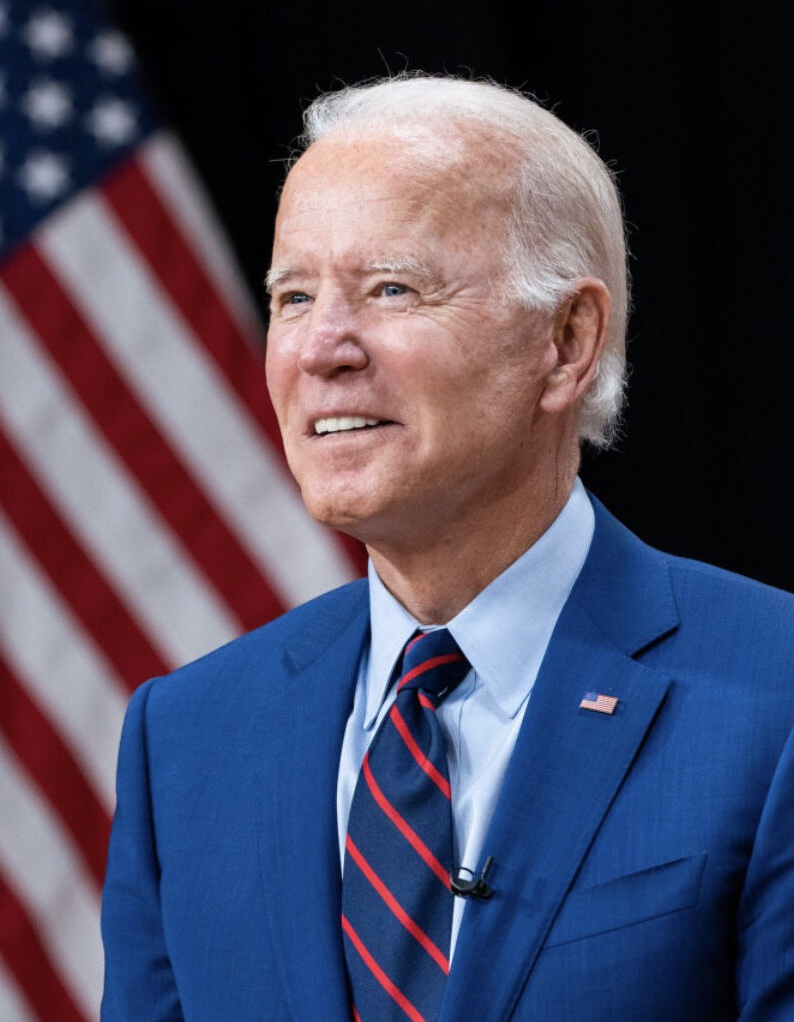How We Got Here on the National Debt
Key Takeaways
- The annual U.S. debt-to-GDP ratio reached 120% in 2024, exceeding levels last seen immediately following World War II.
- Federal expenditures consistently outpace revenue, driving continued debt growth. Given that federal receipts bounce between 15% and 20% of GDP, spending more than 20% of GDP is simply not sustainable in the long term.
- Federal debt growth transcends party lines, driven by major events and policy decisions across presidential administrations and congresses.
The United States federal government's debt has grown to over $36 trillion, and the debt-to-GDP ratio is at levels not seen since the immediate aftermath of World War II. While there was a brief period in the late 1990s and early 2000s when federal revenues outpaced expenditures, there has been rapid debt accumulation since.
Gross Federal Debt as Percent of GDP
Annual data (1939‑2024)
The gap between federal revenue and expenditures has widened significantly since the 1960s, with major expansions occurring during economic crises and the implementation of large federal programs. Federal receipts have historically ranged between 15.4% and 20.4% of GDP, with the lowest point during the 2008-2009 financial crisis and the peak during the dot-com boom of 2000.
Despite this relatively stable range in revenue collection, the introduction of Medicare and Medicaid in 1965 marked a structural shift in federal spending patterns.
More recently, responses to the 2008 financial crisis and the COVID-19 pandemic have led to unprecedented federal expenditures, while revenue has remained flat as a share of GDP. In dollar terms, federal revenue and spending have grown substantially, but spending has consistently outpaced revenue collection, contributing to the steady accumulation of federal debt.
Federal Expenditures and Receipts
Quarterly data (1947-2024)
The growth of the national debt transcends political party lines. It has been driven by major events and policy decisions by presidential administrations and congresses. Cold War spending, Medicare expansion, the 2008 financial crisis, and COVID-19 pandemic relief and stimulus have significantly increased the national debt. Republican and Democratic presidential administrations have overseen substantial increases in the national debt, highlighting how fiscal challenges stem from structural bipartisan dysfunction in financial management.
National Debt
Quarterly data (1966-2024)
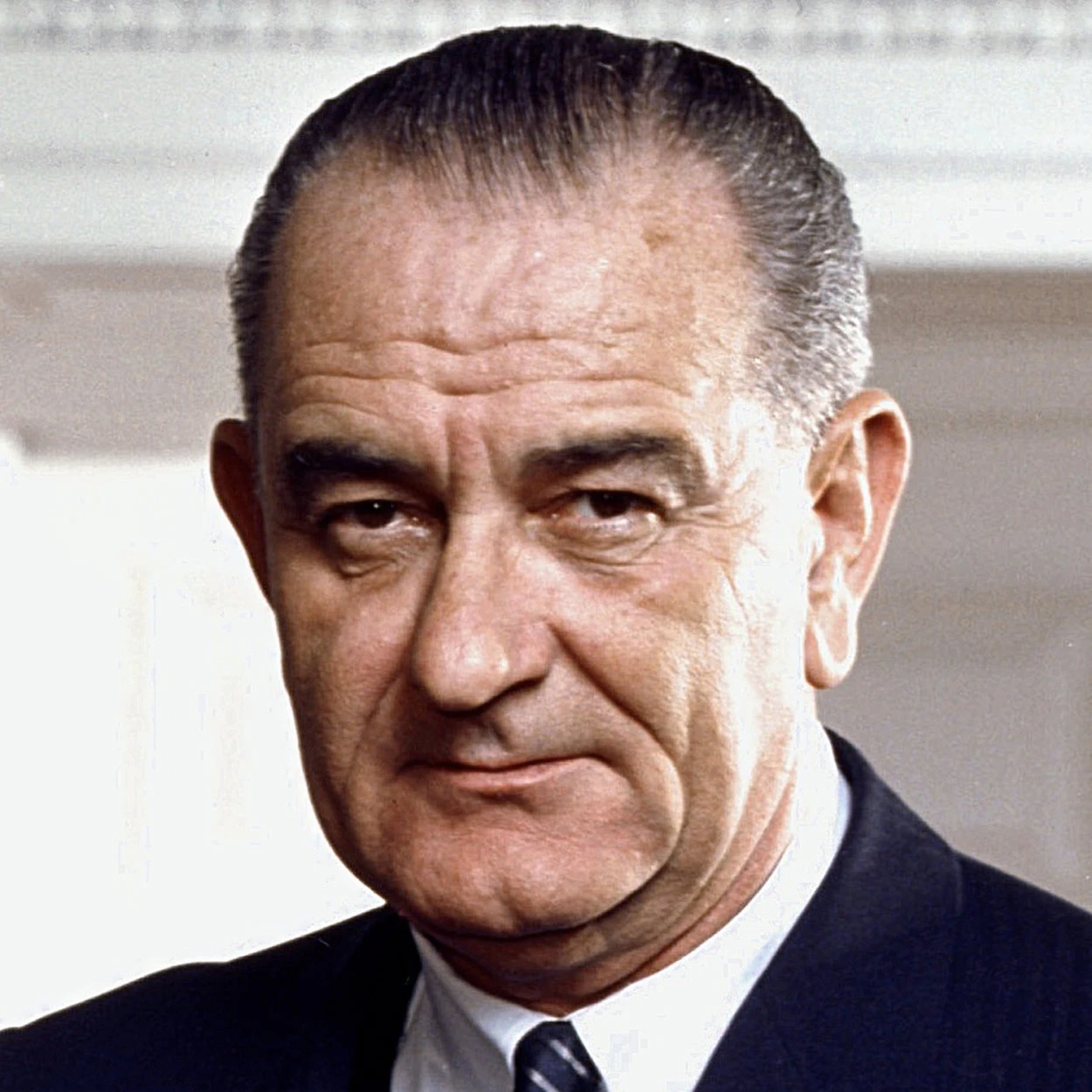
Medicare & Medicaid Creation

Vietnam War
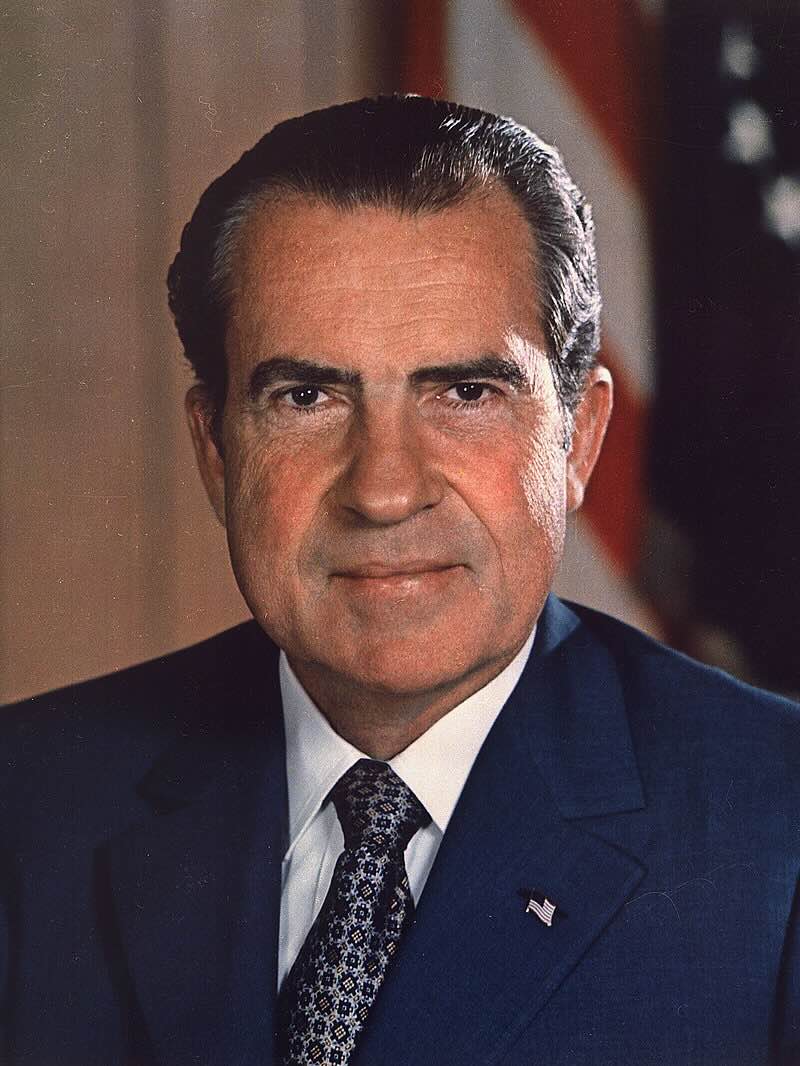
End of Gold Standard

Oil Crises & Stagflation
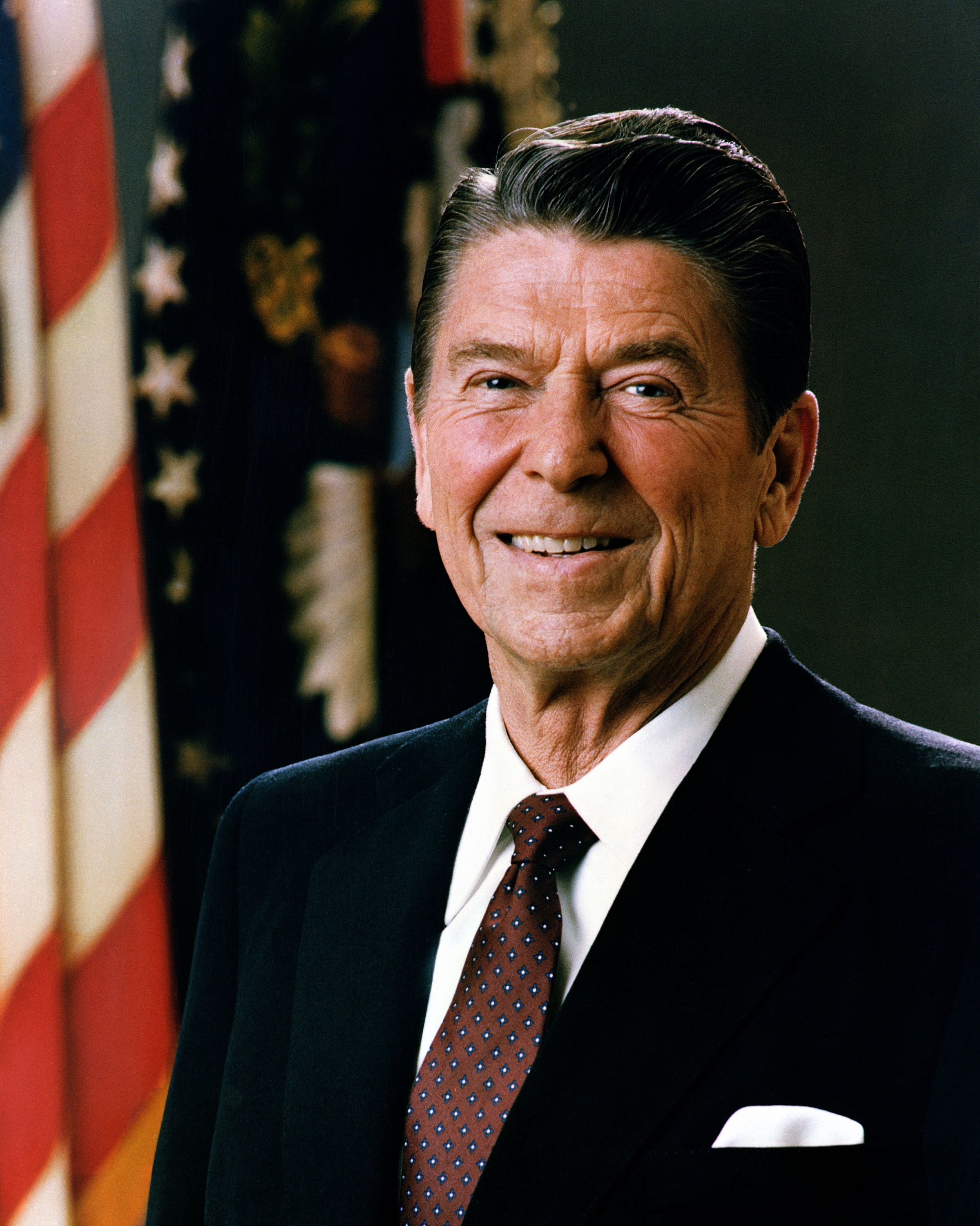
Reagan Military Buildup

Clinton-Era Surpluses
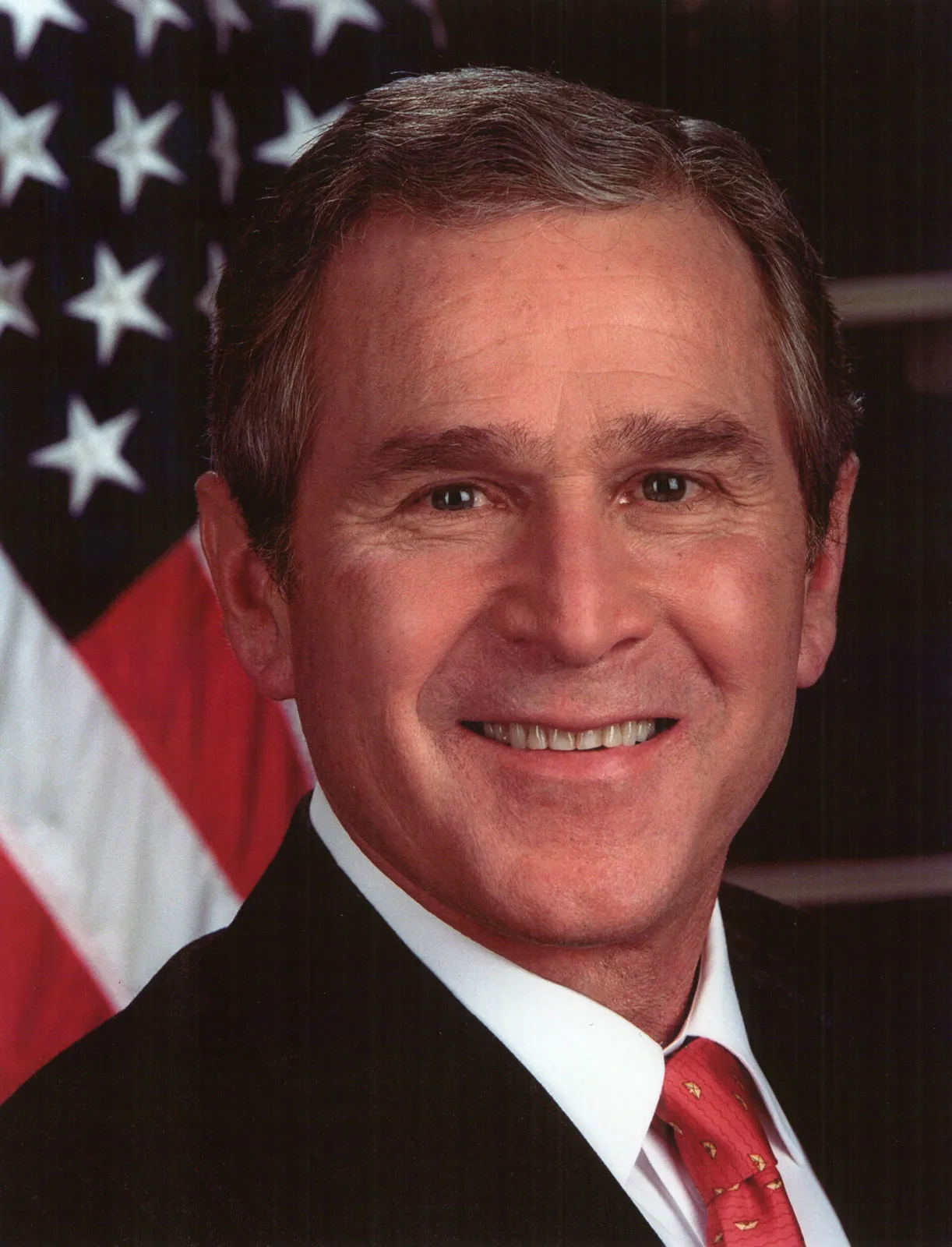
War on Terror

Medicare Part D

2008 Financial Crisis & Recovery
